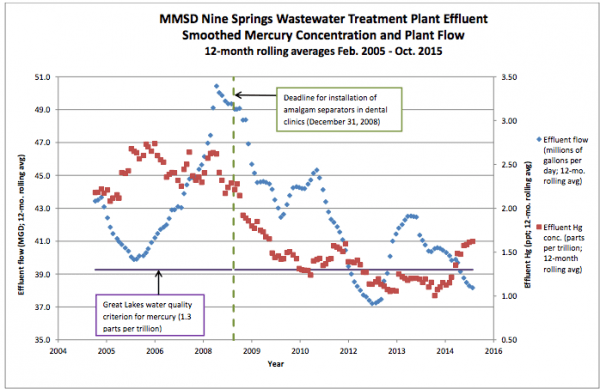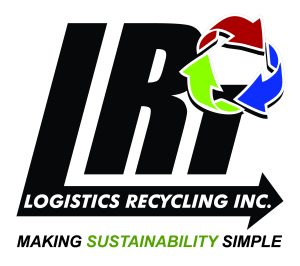
Safely disposing dental amalgam is important now more than ever.
Throughout the country, dentists handle about one to two pounds of amalgam each year, mainly in the form of old silver-colored fillings removed from teeth. In Wisconsin, you can not flush amalgam waste down the drain due to regulations from local municipal wastewater authorities. So, if you can’t flush, how can you compliantly and cost-effectively dispose of amalgam?
Before we get into inexpensive ways to properly dispose amalgam, here is a recap of why it can’t go down the drain.
What’s Wrong With Amalgam?
The problem with amalgam is that it is about 50 percent mercury by weight. Even those with limited chemistry knowledge generally know one thing about mercury: It’s bad for the environment.
Once mercury enters the water stream, microorganisms convert it into methyl mercury. This is a highly toxic compound that then accumulates in fish, shellfish and any animals that eat them. This exposure rises straight to the top of the food chain, leading to methyl mercury exposure in humans.
EPA studies showed that, unless there was a large industrial source in a community, dental offices using silver amalgam were the single largest source of mercury discharged to Publicly Owned Treatment Works (POTW). Nearly half of the mercury it received!
Success at MMSD With Mercury Removal
Madison Metropolitan Sewerage District (MMSD) in Wisconsin was one of the first municipal wastewater authorities in the state to regulate dental amalgam. By working with the local dental community, MMSD was able to significantly reduce mercury in its discharge. The dotted line in the above graph represents the deadline when dental clinics in MMSD’s service area installed amalgam separators. It’s amazing to see what happened to the graph after the separators were installed. A dramatic decrease, thanks to the efforts of the dental community in the Madison area. However, changes like at MMSD can only be effective if dentists everywhere understand the importance of being good environmental stewards.
This will likely not be as much of a problem in the future. That is because dentists are switching from using amalgam fillings to safer alternatives, such as resin composites. But, since so many existing fillings may contain mercury, it could take a generation for amalgam fillings to fully disappear as a mercury source at dental clinics.
Even if your local municipality does not currently have amalgam regulations, this will change. The Environmental Protection Agency is mandating all dentists to have special mercury collection devices in the next few years.
Disposing Your Amalgam Compliantly and Inexpensively
Many environmentally friendly dentists now have a chair-side vacuum line that collects large chunks of the alloy drilled out of teeth. The installation of filters or gravity separators remove 95% or more of the remaining amalgam in the sludge of water, saliva and other fluids. This material is suctioned into a special trap or canister.
At MERI, we pick up amalgam from chair-side traps and mercury capsules. We do this at the same time we pick up other hazardous waste from dental offices. Besides amalgam, MERI also collects hazardous materials. This includes things like lead aprons, fixer, developer and pharmaceuticals such as Lidocaine.
Because MERI picks up hazardous materials at the time, it means no extra stop fee.
Just give us a call ahead of time to make sure that the proper hazardous paperwork is prepared ahead of time before we arrive to your facility.
If you’ve yet to find a compliant, inexpensive way to dispose of amalgam, give us a call!
###
